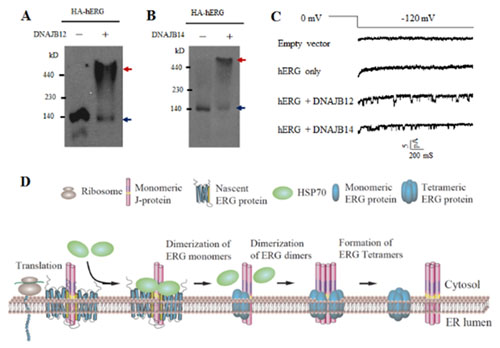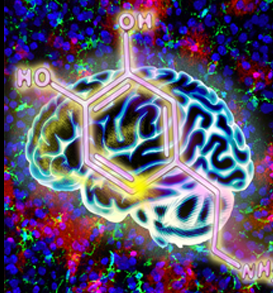
A recent study published online in Neuron discovered that visual inputs from an asymmetrical pathway in larval zebrafish, comprising of a specific subset of RGCs, EmT and L-dHb mediates light-preference behavior. This work was performed by Dr. DU Jiulin’s research group.
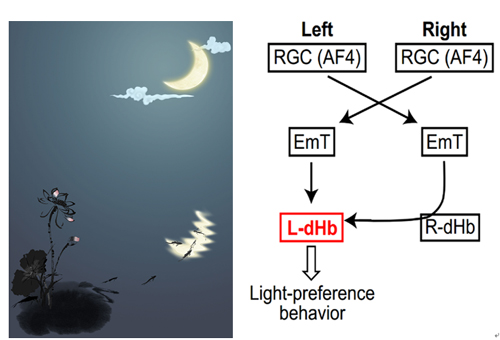
A recent study published in Molecular Psychiatry demonstrated that autism-associated Dyrk1a truncations inhibit neural dendritic and spine growth and interfere with cortical migration during development. This work was performed by Dr. QIU Zilong’s Lab.
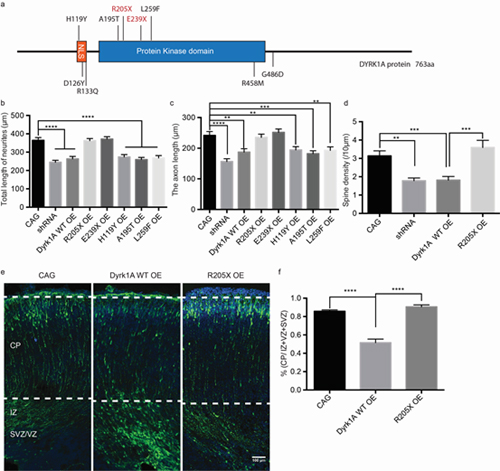
Recently a research finding describing the critical role of ADAM10-initiated release of Notch intracellular domain in the radial migration of cortical neurons was published online in Cerebral Cortex. In this work, researchers from Dr. XIONG Zhiqi’s lab.

A recent study published in Neuron shows that fibroblast growth factor 13 (FGF13) plays a critical role in the regulation of heat nociception. This research work was carried out by Dr. ZHANG Xu’s Lab at the Institute of Neuroscience, Chinese Academy of Sciences.
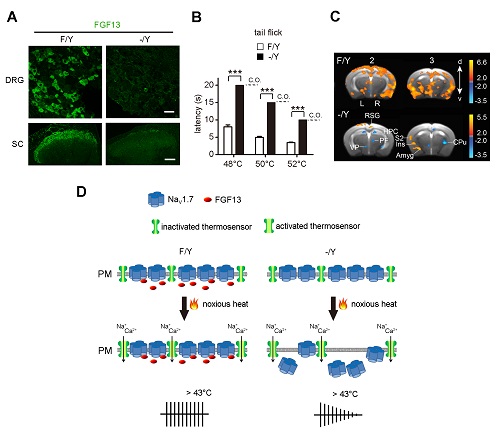
Using cultured rat hippocampal neurons and a combination of live imaging and pharmacological treatments, YU Xiang's lab showed that one or two large actin aggregates formed underneath the membrane of newborn neurons and served as the start sites of neurite initiation.
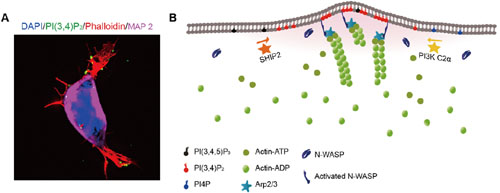
In a recent paper from Dr WANG Wei's group, published online in Cerebral Cortex on December 17th 2016, the researchers used focally specific causal manipulation to study a key feedback connection in the visual system (the corticothalamic loop).
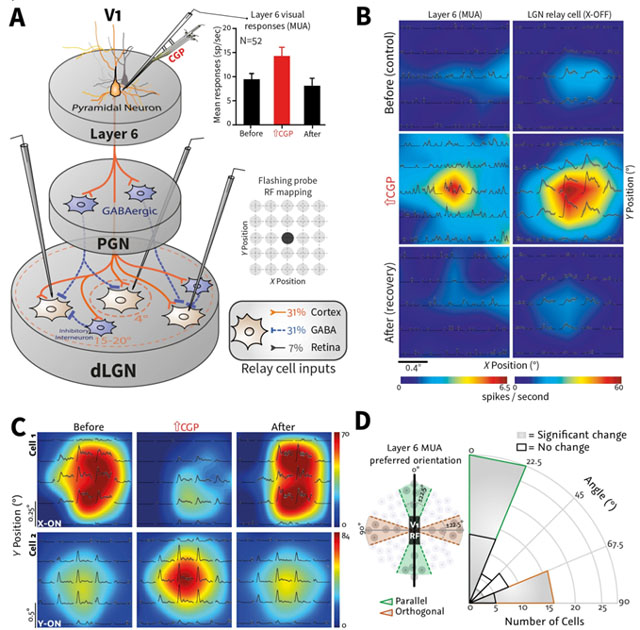
Researchers from Dr. WANG Wei’s lab at ION took advantage of the known differences between the perception of dark and bright stimuli to test whether such asymmetries also exist for bright and dark afterimages, and then probe the underlying neuronal mechanisms generating afterimage perception.
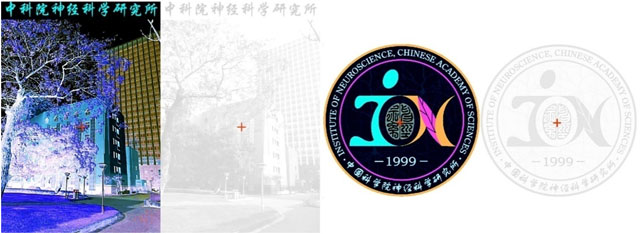
A recent study published in Cerebral Cortex proved that the motion direction signals in macaque middle temporal area are causally involved in heading perception based on visual optic flow cue. This work was performed by researchers in Dr. Gu’s lab at the Institute of Neuroscience, Chinese Academy of Sciences.

Researchers from Dr. CAI Shiqing's lab at the Institute of Neuroscience, State Key Laboratory of Neuroscience, Center for Excellence in BrainScience and Intelligence Technology, CAS, demonstrate the critical role of ER-located co-chaperone proteins in regulating potassium channel subunit stabilization and tetrameric assembly.
